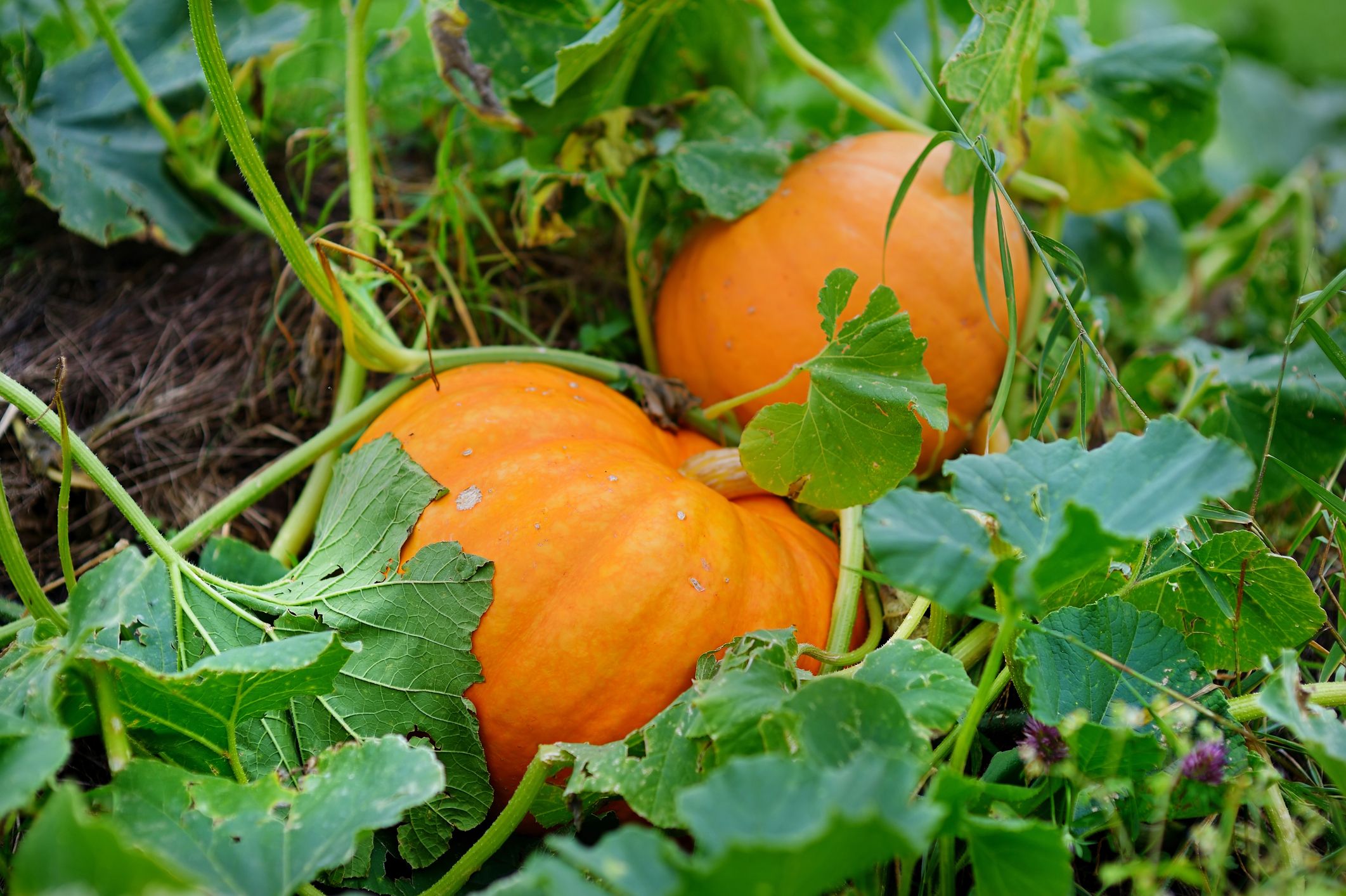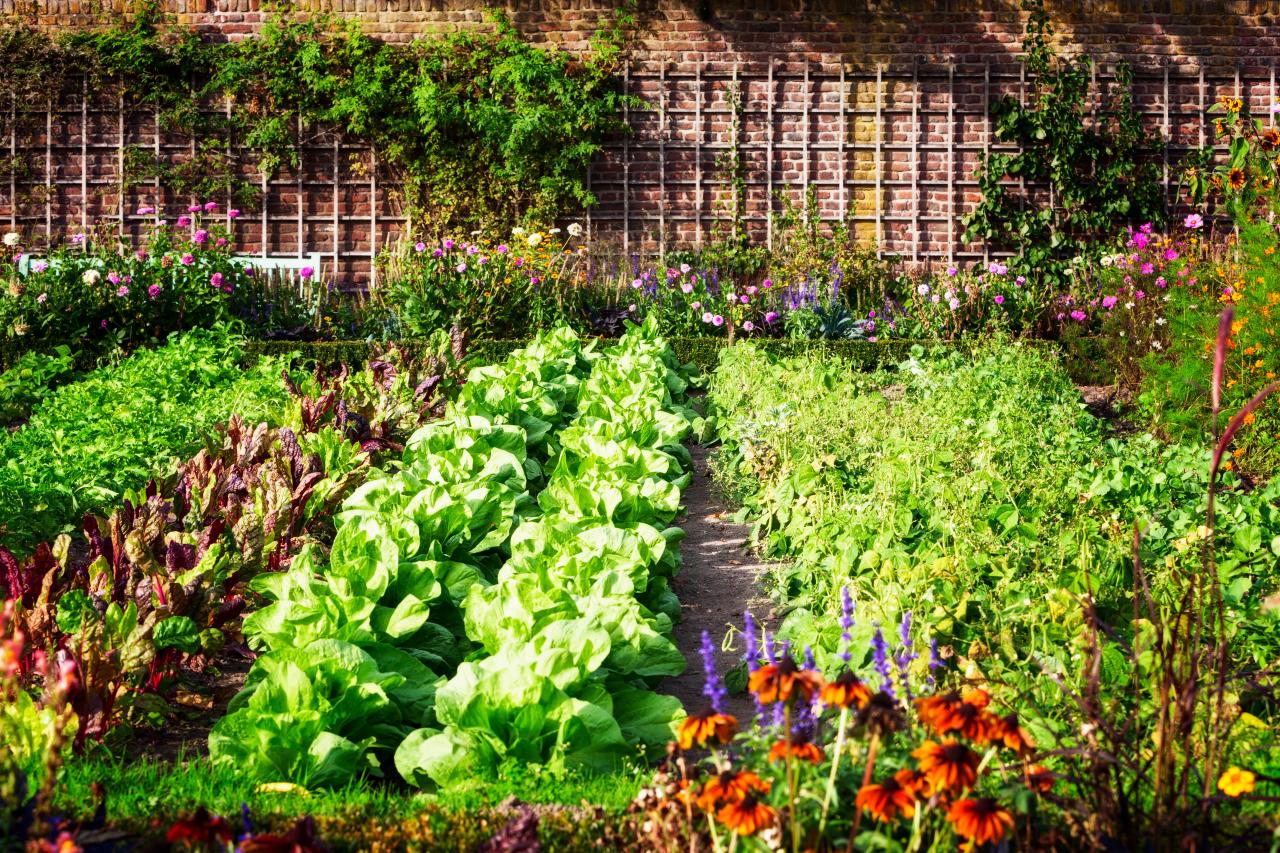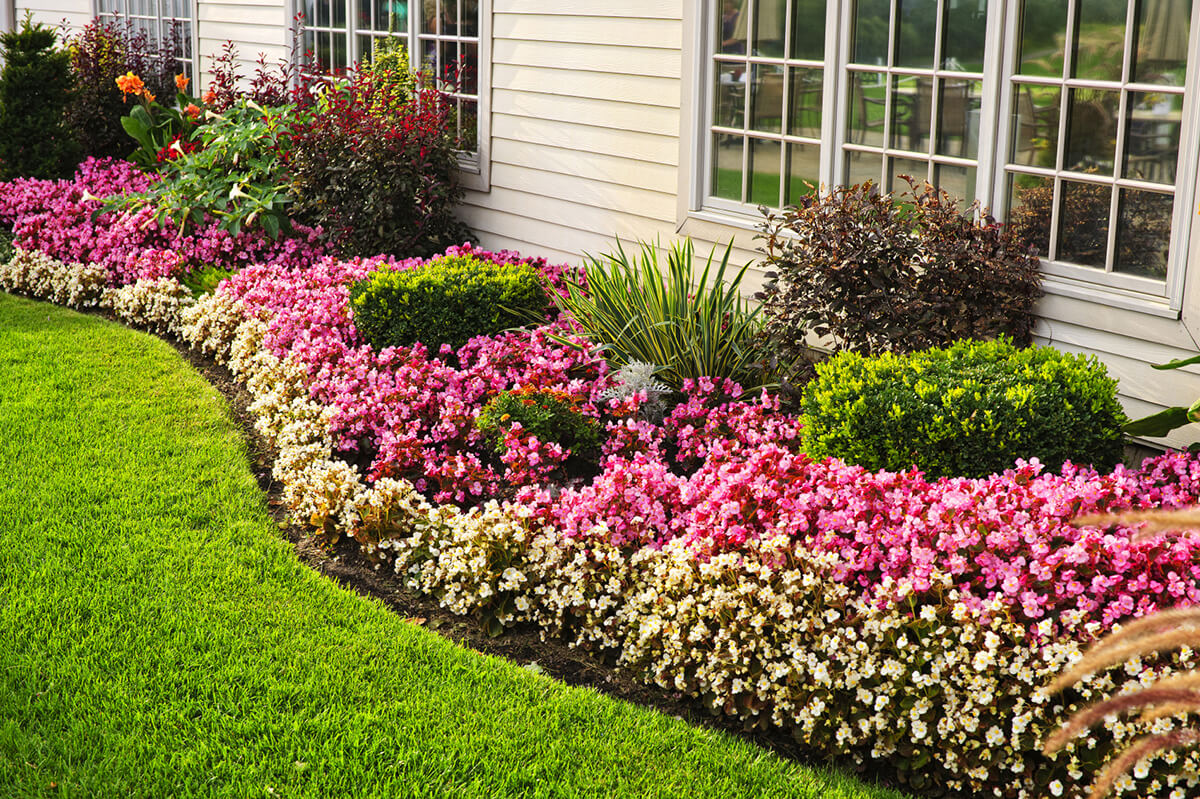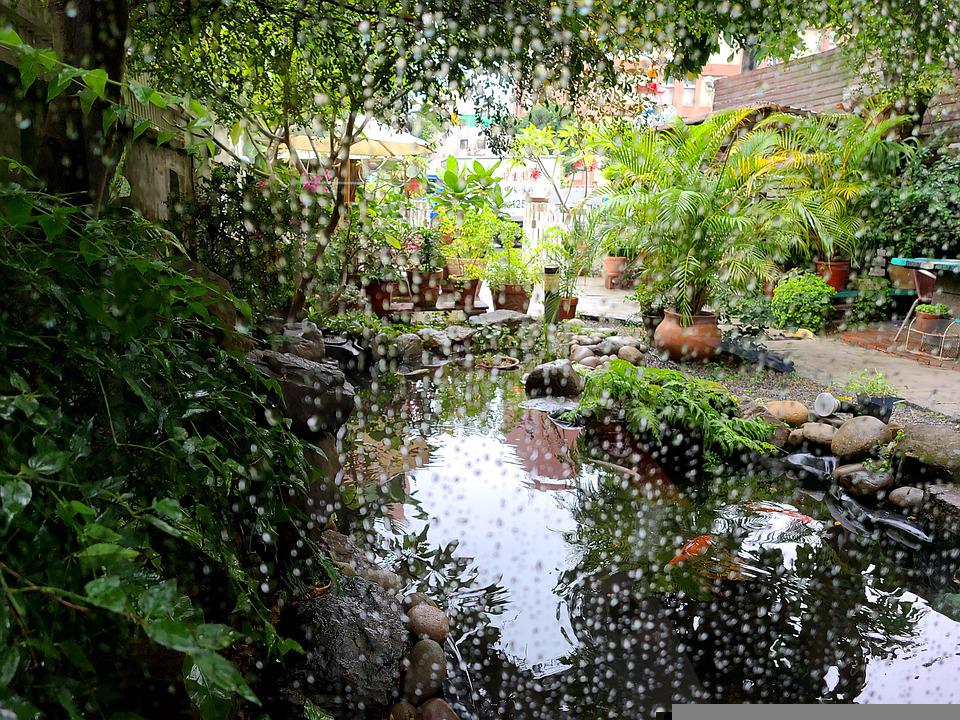If you want to start an organic garden or simply want to continue growing your own vegetables, we’ll tell you what you can plant or sow during the fall. At this point in the year, you’ll have harvested practically all the fruits and vegetables of spring and summer, and it is time to sow the autumn vegetables. You can start by preparing your own seedbeds (we recommend using organic seeds ) or acquiring ready-made seedlings and simply transplant them (this second option is the fastest and ensures greater viability of plant survival).
During this time of year, the temperatures drop compared to summer, there’s more wind, the days are shorter, and therefore, there’s less light and more rain occurs. In areas with a lot of wind and/or frost, it may be a good idea to grow vegetables that may be less resistant in a greenhouse or under plastic. It can also come in handy to add shrubs to your garden to act as windbreaks. Keep in mind that for some of the vegetables (such as chard, cabbage or squash, etc.), there are varieties of summer, autumn, winter … choose the right one for each season of the year. We’ll also advise you which organic seeds to use, the best planters, growing boxes and tables for your garden, and essential books to learn everything about organic gardening. Let’s see which plants can withstand the cold and humid temperatures characteristic of autumn well.
1.- Chard

A green leafy vegetable that you cannot miss in the kitchen. If you live in a temperate climate zone practically throughout the year, you can plant chard. Place this vegetable both in full sun and semi-shade. In both cases, it adapts very well. But yes, if you’re going to grow chard in areas with a cold climate, it’s preferable to leave it until the end of winter or do it in a greenhouse. In a period of 50 to 60 days, you’ll have your organic chard ready to harvest.
2.- Garlic

In mid-autumn, we can start sowing garlic. It is a very undemanding type of crop, so it is very suitable for people who are just beginning in horticulture or cannot dedicate much time to their garden. You simply need a clove of garlic to insert into a small hole about 4 cm deep that you’ll make in the ground. You can grow garlic both directly on the ground and in containers, pots, and cultivation tables.
3.- Borage

It is an undemanding vegetable in terms of macro and micronutrient requirements. Borage can be cultivated for ornamental purposes and be used as a herbal remedy for various disorders. It withstands winter relatively easily and can be planted by direct seeding. Leave a planting frame of about 40 cm to allow the plants enough space to develop. Try to place your borage plants in full sun to obtain better harvests and keep the soil with a constant humidity degree. A great benefit of growing borage in the garden is that its beautiful flowers attract bees, which are one of the primary pollinators. We can consume both its flowers, as well as the leaves and stems.
4.- Broccoli

To get a staggered harvest, you can sow or transplant a week or two apart. Usually, broccoli is sown in the seedbed, and after approximately 50 days, it is generally transplanted. For this type of cultivation, the soil should have a pH of around 6.5 because they prefer soils with a particular acidity. The land must be rich in organic matter. Make sure that the waterings are sufficient and regular, especially during the development of the pellet.
5.- Pumpkin or Squash

A very versatile vegetable in the kitchen that is worth growing ourselves. To make it easier and faster for you to germinate the pumpkin or squash seeds, leave them in a wet cloth for 48 hours before sowing them. Avoid excess water in the waterings because the pumpkin could rot. For the pumpkins to grow in all their splendor, put them in an area that receives direct sun and tries to avoid shade.
Want to know what other vegetables you can grow during this season? Check out the second, third, and fourth parts of this article!
.



3 thoughts on “Cool-Season Vegetables to Plant in Fall (Part 1)”